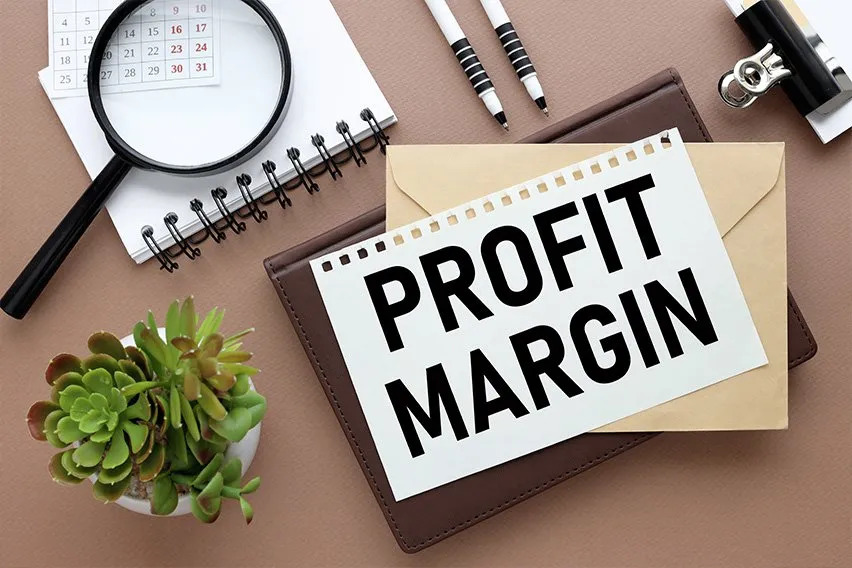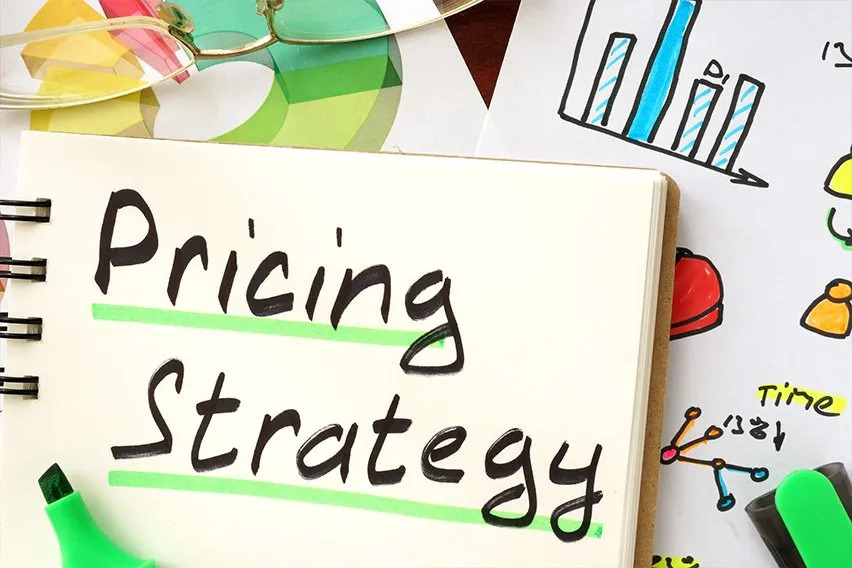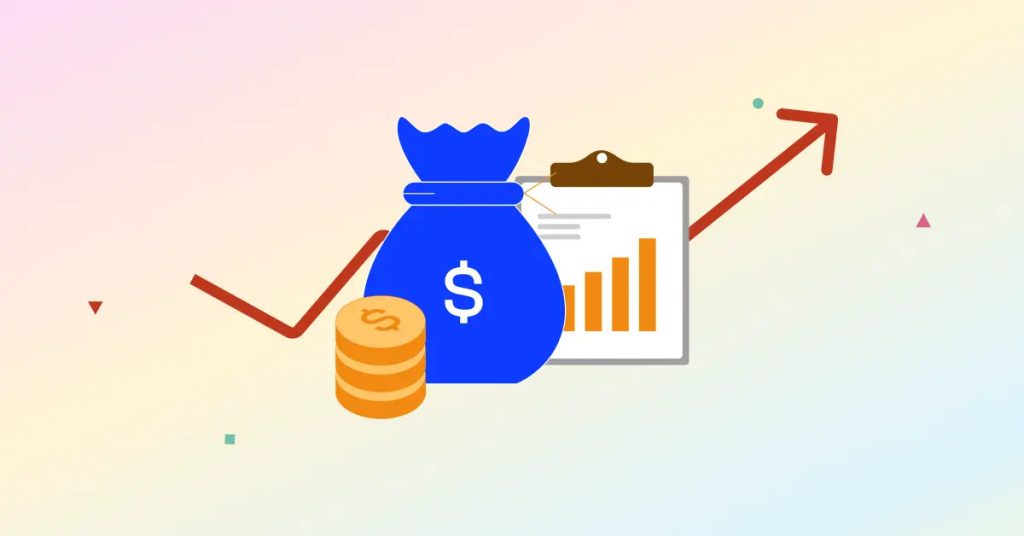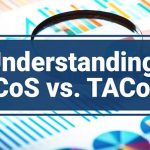
Understanding Profit Margins: Pricing Strategies for Long-Term Success
Whether you’re launching a DTC brand on Amazon, scaling your Shopify storefront, or managing omnichannel sales through Walmart Marketplace, understanding your profit margins is the difference between sustained growth and slow bleed. Yet many businesses still operate on intuition, not strategy, when it comes to pricing.
Let’s explore what profit margins really mean, how to set profitable prices, and how strategic margin management can future-proof your business.

What Is a Profit Margin, Really?
Your profit margin is the percentage of revenue that remains after accounting for cost of goods sold (COGS) and business expenses like shipping, Amazon FBA fees, marketing, and returns. There are several types of margins:
Gross margin: Revenue minus COGS
Operating margin: Revenue minus COGS and operating expenses
Net profit margin: What’s left after everything, including taxes and interest
If you’re running an eCommerce business, your gross margin gives you the clearest lens into how pricing impacts profitability. But to sustain long-term success, you need to analyze all three.
Want to break it down step-by-step? Shopify offers this guide explaining margin types with formulas and calculators.
How to Calculate Your Ideal Profit Margin
There’s no one-size-fits-all margin. A 60% margin might be too low for a handmade jewelry business, but excessive for a high-volume CPG brand.
Here’s a simple formula to determine gross margin:
(Selling Price – Cost of Goods Sold) ÷ Selling Price x 100
Example:
If your candle sells for $25 and costs $8 to make:
($25 – $8) ÷ $25 = 0.68 → 68% gross margin
But remember: gross margin alone doesn’t mean profit. You’ll need to subtract platform fees (like Amazon’s 15% referral fee), shipping, ads, and returns to get to your true net margin.

Smart Pricing Strategies for Long-Term Success
Here’s how to price strategically without racing to the bottom:
1. Know Your Breakeven Point
Calculate how many units you must sell to cover fixed and variable costs. This helps you make smarter ad-spend and discounting decisions.
2. Use Tiered Pricing
Offer multiple options (basic, premium, bundle) to serve varied customer needs—and improve average order value (AOV).
3. Build In Psychological Pricing
Ending in “.99” still works. It feels like a deal. But for luxury or wellness products, rounded pricing like “$50” may better signal quality.
4. Factor in Marketplace Fees
Each platform has different fee structures. For example, Amazon’s FBA calculator helps you estimate fees and net profit per unit. On Walmart Marketplace, this fee guide breaks down commission rates by category.
5. Experiment with Price Elasticity
Test pricing over time using A/B tests or sales events. Your best price point isn’t always the lowest—it’s the one that delivers both high conversion and healthy profit.
Common Pricing Pitfalls to Avoid
Even experienced sellers can get tripped up by these:
Ignoring hidden costs like returns, damaged inventory, and warehousing fees
Over-relying on discounts to drive sales, which trains customers to wait
Chasing competitors’ prices instead of focusing on your unique value
Pricing should align with your brand position—not just market trends. You’re not Walmart. Competing on price without differentiation is a race to zero.

Tools to Help You Analyze and Improve Margins
Use technology to your advantage. These tools can help:
Amazon Sellerboard – for real-time profit tracking with ad costs
Helium 10 Profits – visualizes Amazon margin by ASIN
QuickBooks Online – to integrate expenses, COGS, and net profit in one dashboard
Profit Margin Benchmarks by Industry
To give you a general sense:
| Category | Average Gross Margin |
|---|---|
| Apparel & Fashion | 50–60% |
| Beauty & Wellness | 60–80% |
| Home Goods | 40–50% |
| Toys & Gifts | 35–55% |
| Grocery & Gourmet | 25–35% |
Margins shrink quickly on marketplaces. That’s why a 75% DTC margin might net only 30–35% on Amazon after fees, shipping, and returns.

The Bottom Line
Strong margins aren’t just about maximizing revenue today—they’re your foundation for scaling. With inflation, rising ad costs, and fulfillment fees, relying on thin margins is risky. Instead, focus on sustainable pricing backed by data, tools, and a clear understanding of your customer value.
Ready to take control of your profit strategy? Start by revisiting your current SKUs and recalculating your margins across all channels. What you find might surprise you—and help you turn a high-revenue, low-profit product into a true winner.














